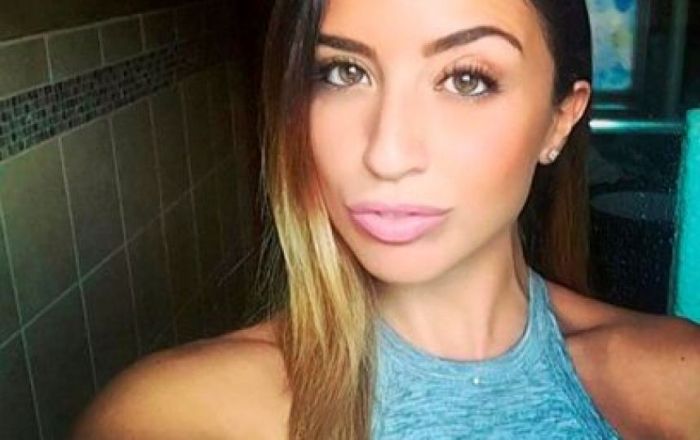On a good day Melissa Orlando’s trip from Sunnyside, Queens, to her downtown job takes 45 minutes. Those good days, however, are as rare as Orlando finding a seat on the crowded 7 train.
“Sometimes you just can’t get on the train because it’s too crowded, so you wait,” said Orlando, 43, a nonprofit worker and mom.
And that is just the start; on particularly bad days the train creepsinto Manhattan so slowly the commute can take 90 minutes, Orlando said. Fed up with delays, Orlando and a few fellow-commuters started a Facebook page, the 7 Train Blues, where passengers can commiserate about their wretched rides. It now has around 2,300 members.
Complaining about the subway is as much a part of life in New York as the subway itself, but Queens riders have particular cause to gripe. No borough served by the subway is shortchanged to the extent that Queens is. In fact, Queens Borough President Melinda Katz calls the borough a “transit desert.” And with more construction cranes hovering over Queens than ever, commutes are likely to become worse before they get better.
A look at a subway map shows large blank areas in eastern Queens and even neighborhoods closer to Manhattan. An analysisof city and MTA data shows that Queens ranks last in subway access. For instance, Queens has 81 stations, compared to Brooklyn’s 170 and 148 in Manhattan. Only the Bronx has fewer stations, 70, but that borough has nearly 900,000 fewer people than Queens’ 2.3 million and it’s less than half the size.
Figuring in population, Queens has only 3.5 stations for every 100,000 people, compared with Brooklyn’s 6.5 stations per 100,000, and 9.2 for Manhattan. When you factor in size—Queens is the city’s largest borough geographically—the sparse nature of subway service becomes even clearer. Queens has 7.4 stations for every 10 square miles; Brooklyn, 23.9 stations;Manhattan, 64; and the Bronx, 16.7.
Queens also ranks last or near last in other comparisons: the number of subway lines, major transfer stations, and subway bridge and tunnel crossings into Manhattan, still most riders’ destination.
What’s more, since World War II Queens is the most steadily growing of the four boroughs. Nearly 800,000 more people now live in Queens than in 1950, while Brooklyn, the Bronx and Manhattan have not climbed back to their 1950 populations. And Queens continues to grow. For instance, 104,000 people are expected live in Long Island City by 2020, up from 29,000.
The simple solution would be to build more subways, but that’s so expensive that the only planned expansion is along Manhattan’s Second Avenue. Instead, piecemeal improvements are in the offing for Queens: ferries, buses, perhaps converting existing rail lines to subway service, as well as signal improvements allowing for somewhat more frequent trains.
“I don’t think there is one answer. I think it’s a combination of things that have to happen, individually, community by community,” Katz said.
The flashiest improvement would be a major expansion of ferry services connecting East River neighborhoods in Queens, Brooklyn and more distant locales like Far Rockaway in Queens and Soundview in the Bronx to Manhattan’s east side. Fares would cost the same as a subway trip under the service that is supposed to launch in 2017.
That would help waterfront neighborhoods and could help offset some of the expected increase in ridership by luring some current subway users. The ferries would not help neighborhoods lacking subways, however.
To speed up bus service, which continues to slip despite ever increasing subway ridership, the MTA hopes to expand its Select Bus Service. The system attempts to emulate faster subway service: passengers would swipe MetroCards before entering the bus; use more than one set of doors; and no longer need to climb steps as on older buses. But to truly provide rapid service, these buses would need to have exclusive lanes, said Jeffery Zupan, senior transportation fellow for the Regional Plan Association.
One plan to do just that, a select bus service from Queens Boulevard to the Rockaways along Woodhaven and Cross Bay boulevards, has been met with opposition from residents fearing the loss of parking spaces and worsening congestion.
Zupan said the lack of a separate lane is also likely to hamper the BQX streetcar to connect Brooklyn neighborhoods with the Queens waterfront, a $2.8 billion project proposed earlier this year.
Other ideas to boost transit in Queens are sitting on the shelf, Zupan notes. One calls for subway service running from Ditmars Boulevard in Astoria to the Bronx via Amtrack’s Hell’s Gate Bridge. Another would provide service to subway-starved southeast Queens by converting an underused branch of the Long Island Rail Road to the subway system.
























